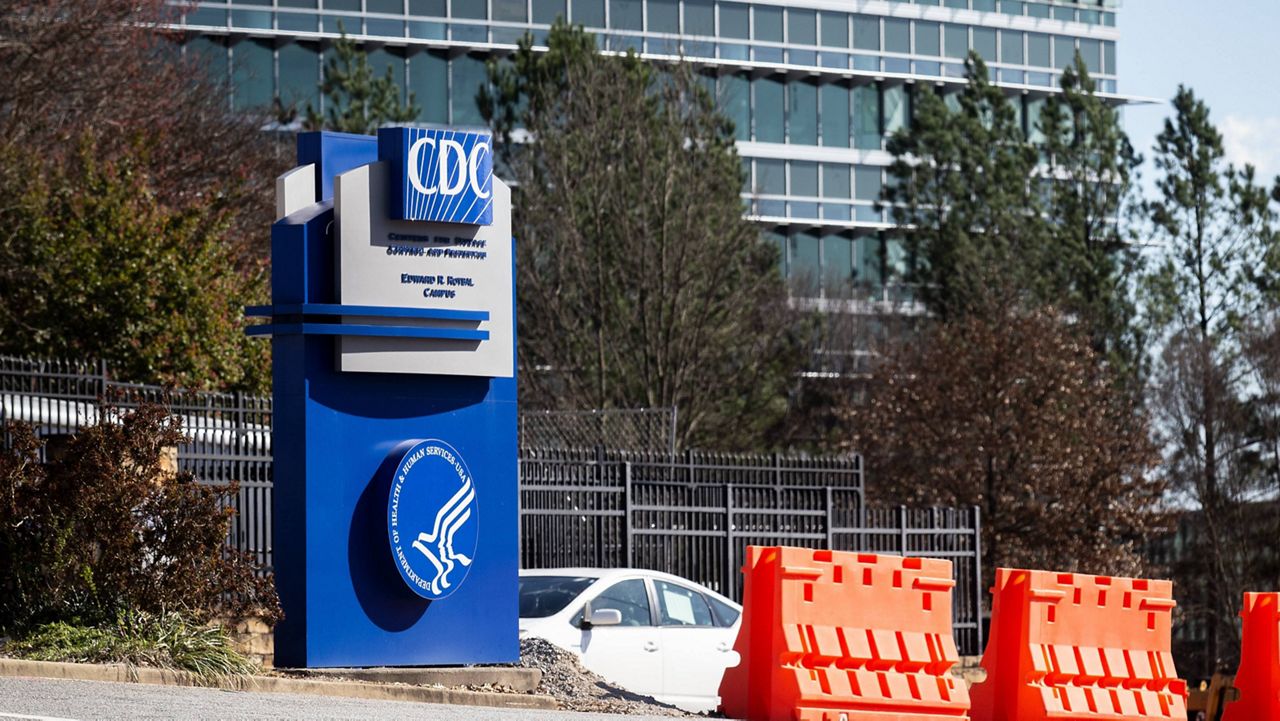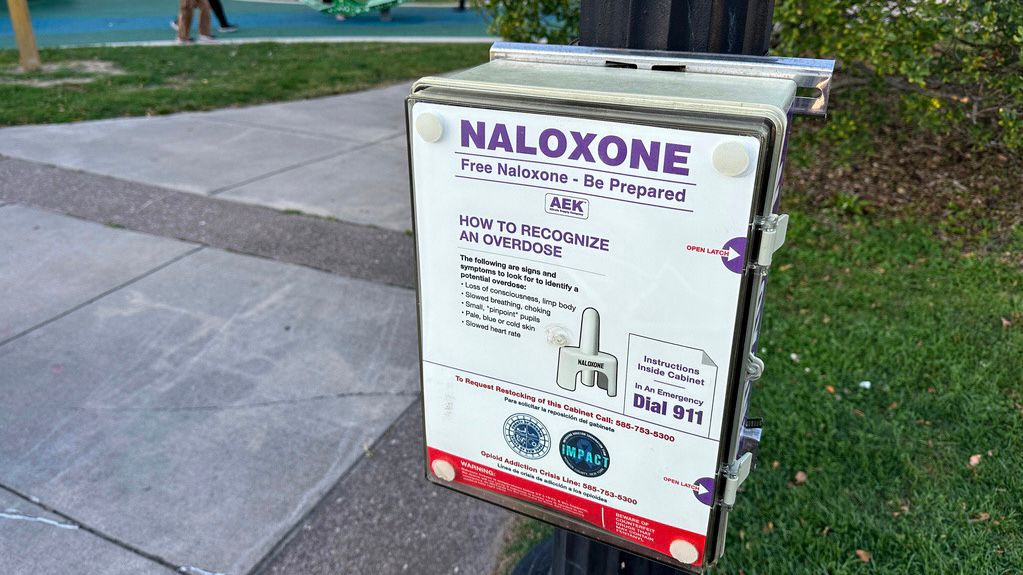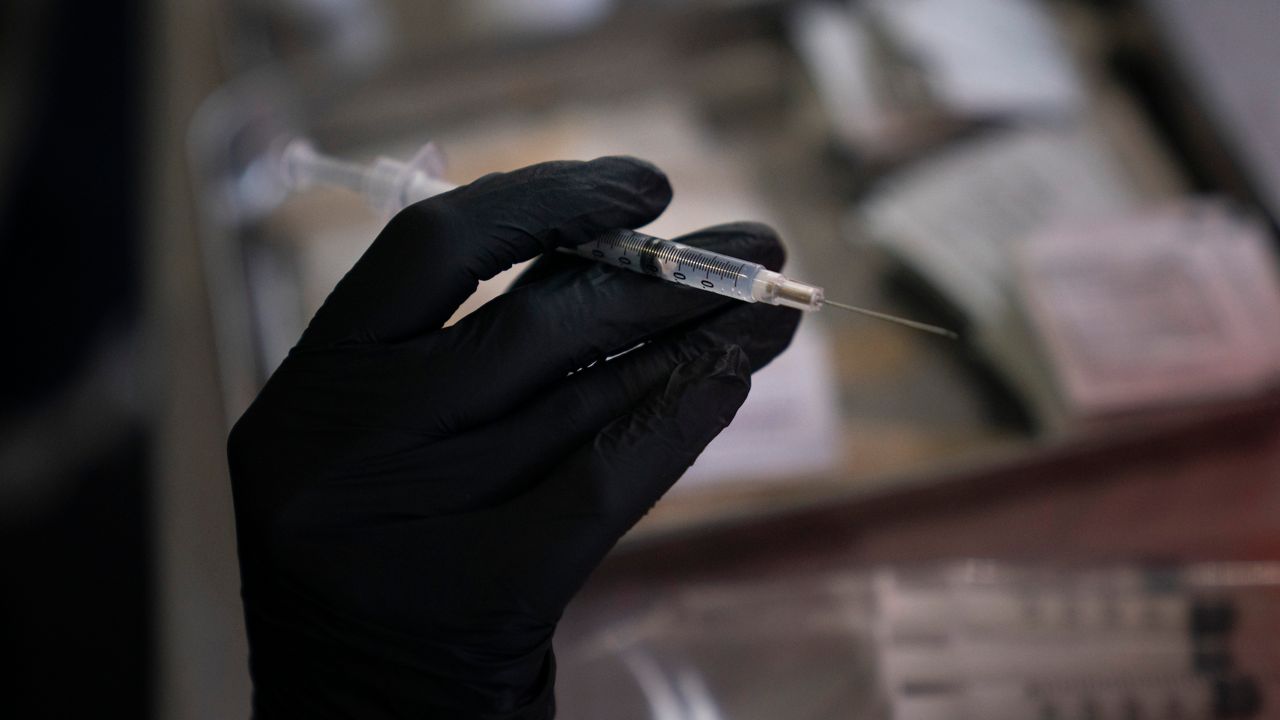Vials discovered in a Pennsylvania laboratory freezer labeled “smallpox” did not actually contain the virus that causes the deadly but eradicated disease, the Centers for Disease Control and Prevention said Thursday night.
What You Need To Know
- Vials discovered in a Pennsylvania laboratory freezer labeled “smallpox” did not actually contain the virus that causes the deadly but eradicated disease, the CDC said Thursday night
- The CDC said lab testing showed the vials instead contained vaccinia, the virus used in the modern-day smallpox vaccine
- A worker at the lab made the startling discovery Monday while cleaning out a freezer, the CDC said
- Smallpox is considered so deadly that it is only permitted in two labs in the world: at the CDC’s headquarters in Atlanta and at the VECTOR Institute in Koltsovo, Russia
The CDC said lab testing showed the vials instead contained vaccinia, the virus used in the modern-day smallpox vaccine.
A worker at the lab made the startling discovery Monday while cleaning out a freezer, the CDC said.
“The freezer facility was immediately secured and staff followed standard protocols for notifying CDC of such a potential discovery,” a statement from the CDC said. “The vials were sent securely to CDC for testing on November 18 to determine what they contained. No one was exposed to contents of the vials.”
The public health agency said a “small number of intact, frozen vials” were discovered. It did not identify the facility where they were found.
According to Yahoo News, which was the first to report on the discovery, the vials were found at a Merck facility outside Philadelphia. There were reportedly 15 “questionable vials” — five labeled as “smallpox” and 10 marked as “vaccinia.”
Smallpox, which is caused by the variola virus, is believed to date back at least 3,000 years, spreading uncontrollably for centuries until the first vaccination efforts began near the end of the 1700s.
According to the World Health Organization, around 50 million people a year were infected by smallpox in the 1940s and 1950s. The disease killed about three of every 10 people who contracted it and usually left survivors with scars, sometimes severe.
With the help of vaccines, the World Health Assembly declared the disease to be eradicated in 1980. Smallpox is believed to have killed about 300 million people in the 20th century.
Routine smallpox vaccinations in the United States ended in 1972 after the disease was wiped out here.
Smallpox is considered so deadly that it is only permitted in two labs in the world: at the CDC’s headquarters in Atlanta and at the VECTOR Institute in Koltsovo, Russia.
In 2014, six freeze-dried vials of smallpox and were found in a National Institutes of Health research building in Bethesda, Maryland. Two of the tubes contained virus that was viable.
Ryan Chatelain - Digital Media Producer
Ryan Chatelain is a national news digital content producer for Spectrum News and is based in New York City. He has previously covered both news and sports for WFAN Sports Radio, CBS New York, Newsday, amNewYork and The Courier in his home state of Louisiana.








